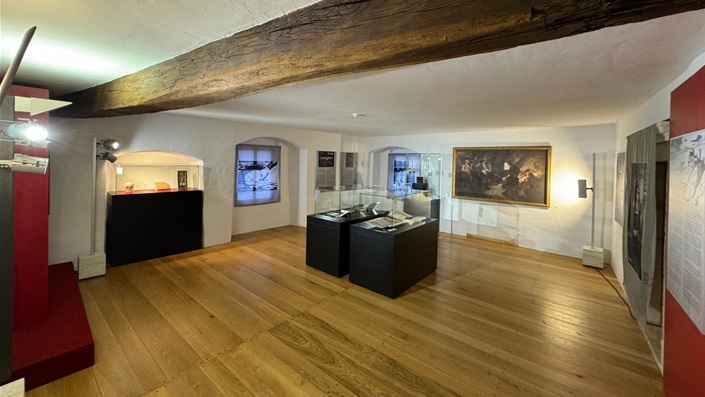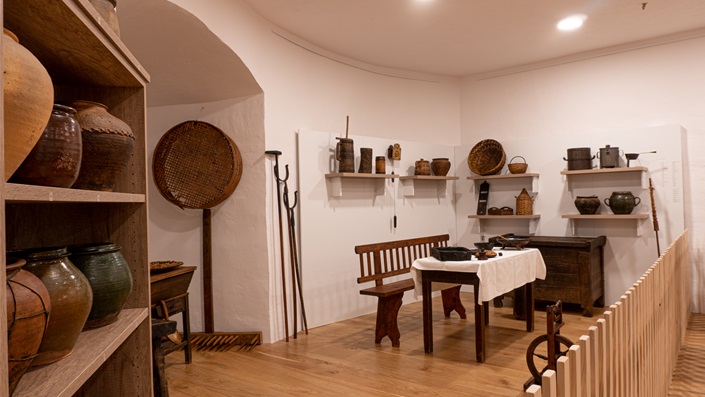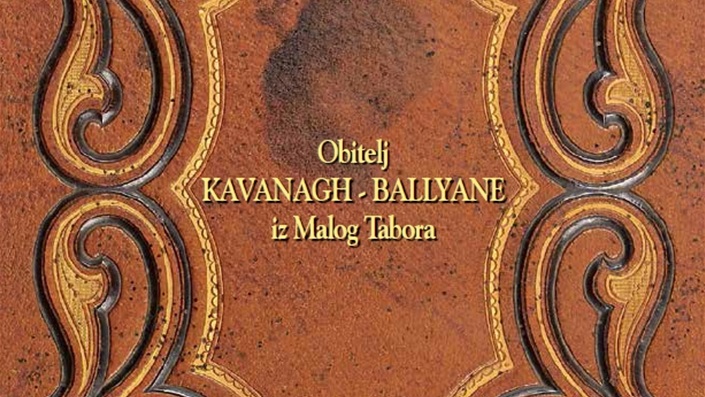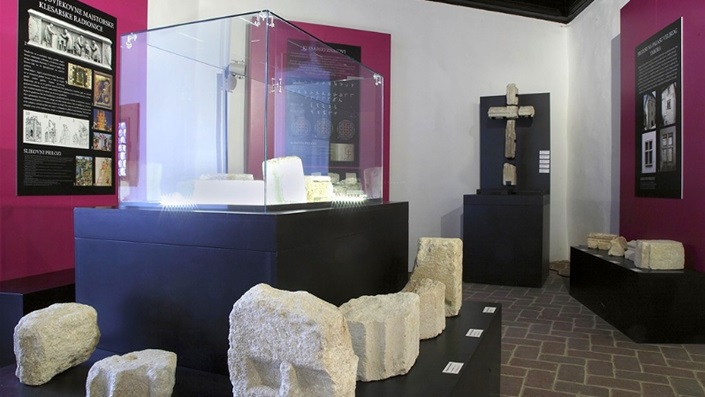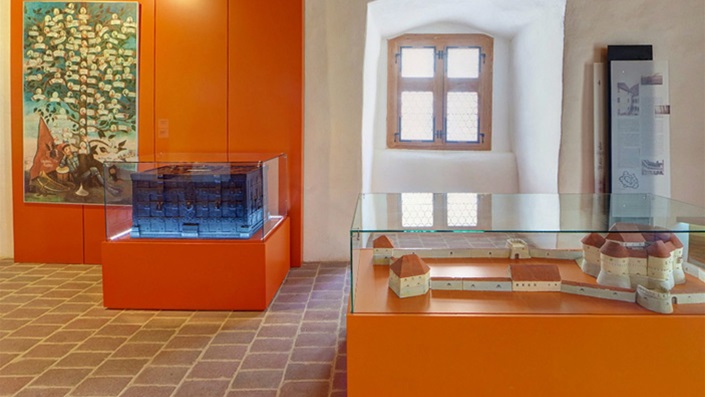GJURO PREJAC - DESINIĆ’S MULTITALENTED ARTIST
This exhibition presents to the public Gjuro Prejac (1870-1936), a prominent artist born in Desinić. During four decades of music and theatre, Gjuro Prejac created numerous works that enriched the artistic and cultural heritage of Zagreb, Hrvatsko Zagorje and the whole of Croatia. He spent almost his entire working life at the Croatian National Theatre in Zagreb, where he worked as an actor, director, composer, writer, singer, conductor, translator, set designer and choreographer. In his rich career, he managed to rise to the highest positions and for two years, from 1919 to 1921, he was the tenant and intendant of the Croatian National Theatre in Osijek. He was a talented and versatile artist who left behind an exceptionally numerous and diverse legacy. Although today he is primarily remembered as the author of the popular songs Vu plavem trnaci [In the Blue Orchard], Peharček moj [My Little Drinking Cup] and Pozdrav Zagorju [Greetings to Zagorje], his contribution to Croatian art is much greater. Shortly after his death, he began to fall into oblivion, which is unfortunately often the case with many deserving personalities. In the last few decades, significant efforts have been made to correct this injustice, and the exhibition "Gjuro Prejac - Desinić’s Multitalented Artist" is also an attempt to promote his life and work to the wider public. This year marks the 155th anniversary of the artist's birth, and next year (2026) will mark the 90th anniversary of his death, with this exhibition, Veliki Tabor Castle has appropriately joined in marking these two anniversaries.
read more